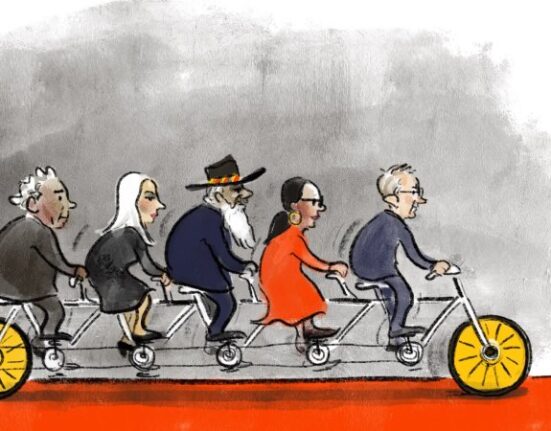The European Union has called on member states to develop national mineral exploration programs, marking a significant initiative. Finland has proposed five areas to be included in the program. If the Ministry of Economic Affairs and Employment (TEM) approves the Geological Survey of Finland’s (GTK) proposal for Finland’s national exploration program targets, the search for critical minerals will commence next year in the regions of Ostrobothnia and the Tuntsa area in Eastern Lapland. This marks the beginning of a substantial project.
The primary aim of the first national exploration program is to gather research data on critical mineral occurrences in the EU area. This research constitutes fundamental geological research typically not conducted by mining companies. The initiative stems from the EU’s Critical Raw Materials Regulation, aimed at enhancing the EU’s self-sufficiency in mineral production, processing, and recycling. The EU deems this a matter of paramount importance and strategic significance for the entire continent.
In Finland, GTK proposes five different areas for the national exploration program. Research has been ongoing for several years in three of these areas in Northern Ostrobothnia, Kuusamo, and the Kuopio-Raahe region, with continued studies scheduled for the summer. Some varying levels of research have also been conducted in the new areas over the decades. The proposed new areas include the Ostrobothnia regions and the Tuntsa area in Eastern Lapland. According to GTK’s unit director, Hanna Leväniemi, these new areas were selected based on geological interest.
The regions will be further specified as research progresses. Exploration in the new areas is set to begin next year if they are approved as part of the national exploration program, with the overall research expected to last about five years. The research involves not only fieldwork but also other scientific studies conducted at GTK. In the Ostrobothnia regions, the search targets nickel, copper, lithium, as well as rarer antimony, bismuth, and tungsten. The Kaustinen area already boasts known lithium sites, making it particularly intriguing for exploration.
The Tuntsa wilderness in Eastern Lapland is a highly regarded hiking destination known for its scenic and significant wilderness area. Lithium is among the targets for exploration in Tuntsa. The region’s soil material indicates elevated lithium levels, although the bedrock is not conducive to lithium occurrences. This contradiction is to be investigated further since there have been no observations of lithium in the bedrock.
The purpose of the national exploration program is stated as “increasing investments in the mineral sector.” Does this imply the initiation of mining production if the research reveals significant occurrences of critical minerals? Leväniemi notes that while not ruled out, the possibility exists irrespective of GTK’s research in any given area. GTK emphasizes that Finland’s unique geological environment within the Fennoscandian Shield offers significant opportunities for discovering and utilizing critical raw materials, positioning Finland as a crucial part of the global supply chain.
However, this national project evokes strong emotions. How do you address citizens’ concerns about potential impacts on their living areas? Leväniemi values these concerns, emphasizing that the industry takes responsibility seriously. Sustainability issues play a significant role in the mining industry as well. GTK, as an impartial research center, conducts preliminary studies that enhance knowledge of Finland’s mineral potential. The commencement of actual mining production entails lengthy timelines.
Based on GTK’s proposal, TEM will later present Finland’s national exploration program areas to the European Commission.









Leave feedback about this